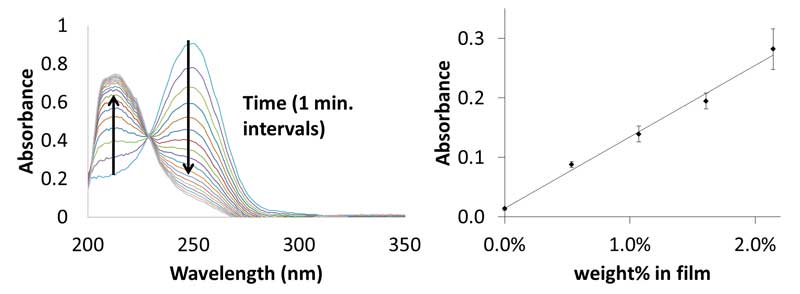Department of Chemistry, School of Biomedical Engineering
and Department of Chemical & Biological Engineering
Colorado State University, Fort Collins, CO
Principal Investigator: Dr. Melissa Reynolds, Professor and Boettcher Investigator
Research Highlights
Applied Organic Synthesis
Our lab focuses on applied organic synthesis, synthesizing and characterizing new organic compounds and polymers for applications including nitric oxide (NO) releasing materials, molecular sensors, and cancer therapeutics. Robust monomer design is used to make materials with desired properties. Cyclic polymers generally have improved properties as medical devices than their linear counterparts due to their higher degradation temperatures and longer blood circulation times. Poly(lactic-co-glycolic acid) (PLGA) is used in a model system to highlight the benefits of cyclic polymers as vehicles for NO delivery to decrease inflammation and increase growth of healthy cells.
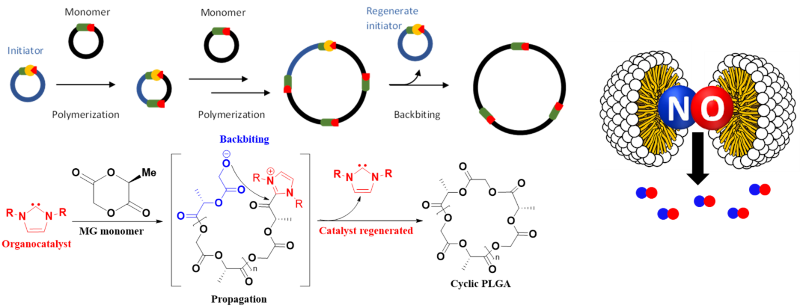
Metal Organic Frameworks
Nitric Oxide Catalysis and Storage:
Metal organic frameworks represent an emerging class of the biomaterials with reported applications as drug delivery vehicles. In our work we take advantage of the unique chemical and physical properties of MOFs to develop nitric oxide generating therapeutic materials. We capitalize on the catalytic activity of the unsaturated metal centers in the framework in order to generate NO from bioavailable sources to prevent thrombus formation or bacterial infection. There is significant emphasis on the synthetic process for developing new MOF composites, as well as rigorous analytical characterization of the materials. We are currently focused on tuning the morphology of MOF particles to increase the density of catalytically active sites; specifically, by synthesizing Cu-based MOFs with nanosheet morphologies.
This project involves significant inorganic, organic, and materials synthesis efforts and a variety of analytical and physical characterization techniques to study the resulting properties of these novel NO-producing materials.
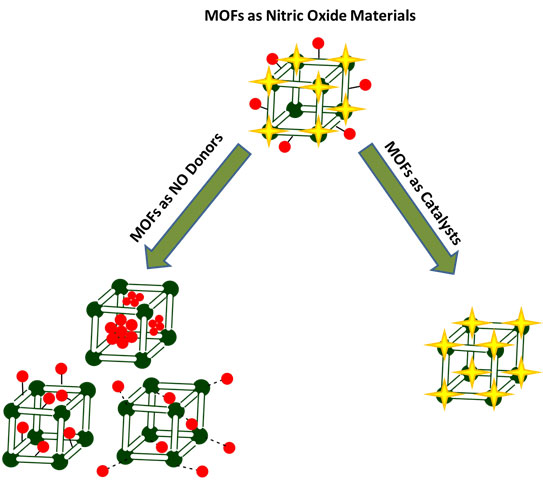
Direct MOF Growth:

Polymer-MOF Blending:

MOF-Based Separations:
The high tunability and porosity of MOFs make them ideal candidates for chromatographic stationary phases, and they have been well-characterized for gas chromatography applications. We are interested in quantitatively separating small molecules from a solution and investigate changes in separation efficiencies as an effect of adjustments to the MOF. This work has broad applicability for industrial separations, including pharmaceutical and cannabis industries. Current projects focus on analytical separations of cannabinoids and terpenes, as well as fundamental study of parameters effecting separation efficiency.
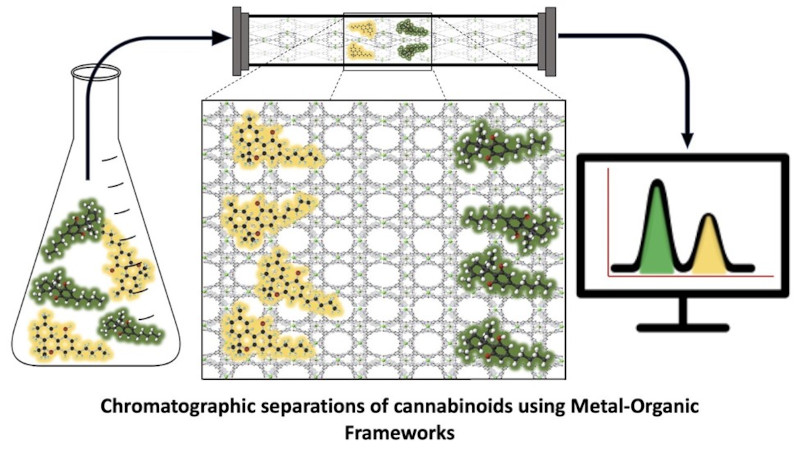
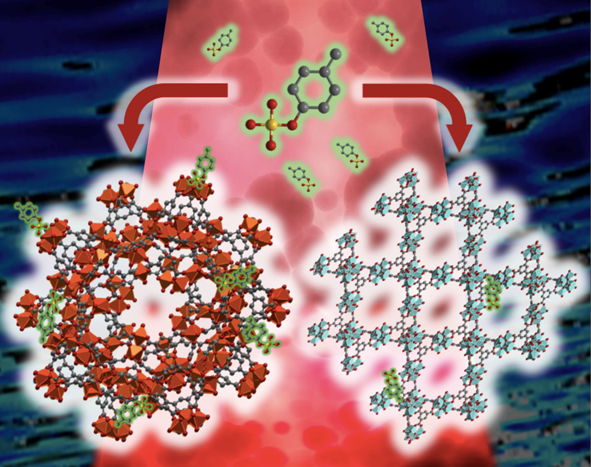
Cellular-material Interactions
Cellular adhesion and aggregation on implanted foreign surfaces can cause material failure. Little is known about the interaction and effect of NO on various blood proteins. By examining the relationships between NO release, protein adsorption, and cellular adhesion, we may obtain a better fundamental understanding of the mechanisms by which NO prevents biofouling on artificial surfaces. Therefore, our lab is evaluating the effect of NO on adsorption of proteins onto artificial surfaces using a variety of analytical methods including ELISA assays and surface analysis techniques. We use the combination of these to examine the dose-response relationship between protein adhesion and long-term cellular adhesion.
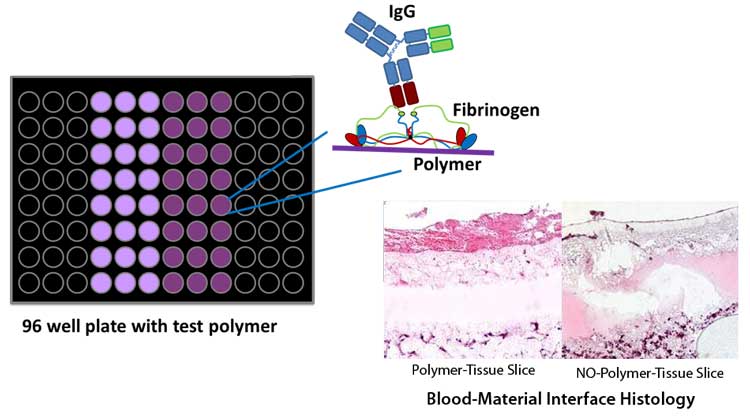
Probing Bulk and Surface Material Properties
To understand the chemical behavior of therapeutic agents in solid state matrices, our group is using model systems to develop methods for monitoring the decomposition of specific functional groups as a function of time. Real-time phase NO release measurements are made using custom chemiluminescence instruments. Taken together, the information is used to develop physical models of how these agents function in the confined polymeric environments compared to aqueous solutions.
